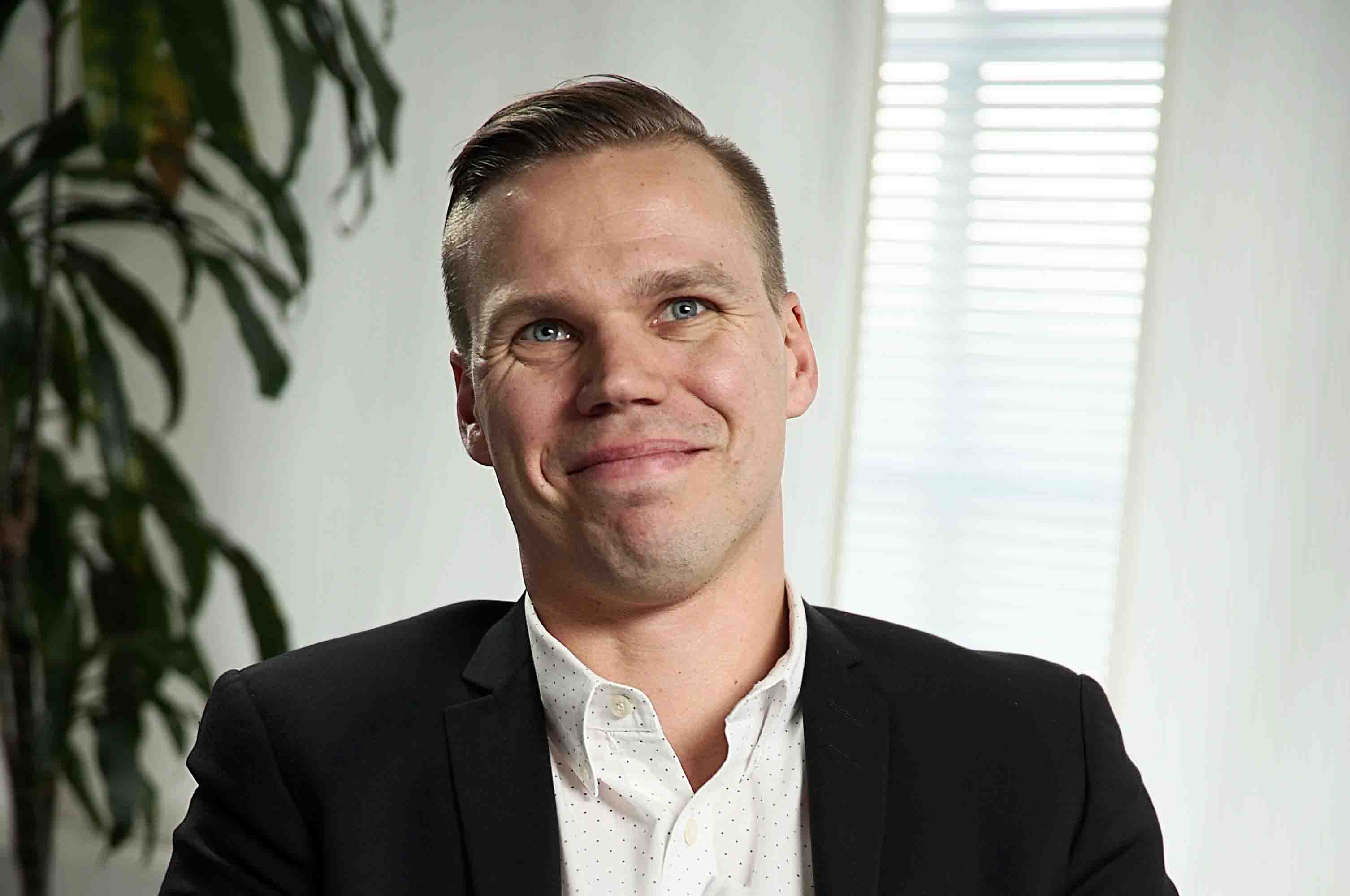

Witness the great American energy market go through its most dramatic change yet as renewable energy shakes up the status quo. Wärtsilä’s Matti Rautkivi brings this epic transformation to life in his book ‘Goodbye to Deerland’.
“He’d built this coal plant, decades ago. It was his baby, and now the city of Ironstone, Texas stood against not only the plant, but against Bob and the utility he headed.”
It is a story as old as human history. As new technologies come in, industries scramble to keep up, relegating older technologies to the backburner. And this time around, it is the energy sector that is in a state of flux.
In his book, Goodbye to Deerland, Matti Rautkivi, Director of Sales and Marketing, Wärtsilä Energy Solutions, paints a gripping picture of the American energy market which is coming to terms with the rise of renewable energy. He does this through the fictional character of Bob Sinclair who is fighting to keep his coal-powered power plant ‘Deerland’ alive.
“My book is a work of fiction, but it is based on hard facts. The American energy market is in the middle of a massive transition. Many utility companies are wondering what the future holds. This story is intended to make them understand what they can do and why they must do it,” emphasises Rautkivi.
The American energy transition
The facts are simple. Renewable energy which was once considered expensive is now considered a near-perfect power system, having become more affordable, while containing none of coal’s environmentally-harmful emissions. So much so that renewable energy sources such as solar power and wind power are being called as the renewable baseload by the utilities.
“As in many other types of power generation, America is once again the forerunner in this. We are seeing utility companies that did not have renewables in their portfolio four years ago now going anywhere between 40% to 80% renewable,” explains Rautkivi.
“Wind is now the cheapest source of energy in so called Wind Corridor from Texas all the way to North Dakota with Texas by itself having over 20 gigawatts of installed wind capacity in 2016.”
Which brings us to the challenge faced by Bob Sinclair in the book, and by so many utility companies in real life. Most utilities in America have been living by the tried-and-tested model of building bigger and working on getting the economies of scale right. Many have been resisting the move to renewables citing its costs. But with renewables becoming cheaper, they are now coming to terms with the fact that they must shift their strategy. It is a process, Rautkivi says, that is made easier by the fact that Americans cannot resist a good business case.

Matti Rautkivi’s book Goodbye to Deerland paints a gripping picture of the transformation seen in the American energy market.
A compelling proposition
“That is the American mentality and I absolutely love it. That is what makes them different from Europe. They can see that renewables are cheaper and that it is the future. That is why they are rethinking how they do business, and why they exist,” says Rautkivi.
And he should know. Rautkivi has been based in America for several years, travelling with Wärtsilä’s originations and stakeholder marketing teams to meet with various utility companies. It is during these interactions that he witnessed, first-hand, the changes in the American energy market and the quandary that utility companies found themselves in.
“It opened my eyes to the bigger picture and how utility companies might be able to cope with a renewable baseload. The character of Bob Sinclair and others in the book came to me fully formed, based on the predicament that various stakeholders found themselves in,” recalls Rautkivi. “So, I spoke to my boss and told him that we need to tell this story and that I wanted to write a book on it. And now here we are.”
The feedback to Goodbye to Deerland has been very positive, especially coming from the utility companies. That is something Rautkivi credits to the fact that the book is simply laying down the facts.
Planting an idea
“Take Bob Sinclair, my favourite character. He is a good guy, who is going through this transition. If you have been doing something for the past 30 years, it is really hard to change, and he is trying to find his way,” explains Rautkivi.
“So, when you meet the real people who have helped inspire this character and you tell them about Bob’s story, it resonates with them. It helps them get past the first stage of acceptance, which is denial. And then they start thinking that there might actually be something to all of this.”
While the inspiration for the book came from his experiences at work, Rautkivi is clear that he could not have written it without the help of his family and friends. While the story was fictional in nature, much of the subject matter was technical and drew from Rautkivi’s engineering expertise. His wife would help him by reading through the different chapters and offering suggestions on how to simplify the subject so that everyone could understand it.
Rautkivi is hopeful that the book will act as a guide of sorts to stakeholders in the industry, to help them better understand the changes that are occurring.
“You plant the seed, then you water it, nurture it and take care of it. Soon enough, it will sprout and that is what I hope my book will do, in a figurative sense,” concludes Rautkivi.
Renewable energy
Parallel to the natural gas boom, renewable energy experienced such rapid technological growth and falling production prices that solar and wind are now close to parity with coal. According to Bloomberg New Energy Finance’s (BNEF) ‘2017
Sustainable Energy in America Factbook’, in the past five years, 76 GW of renewable generating capacity have come online, nearly double the 39 GW of gas-fired capacity built in the same period. In fact, 2016 set a record for installed renewable
capacity as the U.S. added 22 GW of renewable power – half of it in solar, which saw 8.9 GW of utility scale PV installed, more than double the 4.4 GW installed in 2015. Since 2011, 62% of new installations in the U.S. have been renewable
projects.
Source: Matti Rautkivi, Goodbye to Deerland: Leading Your Utility Through the American Energy Transition, page 25